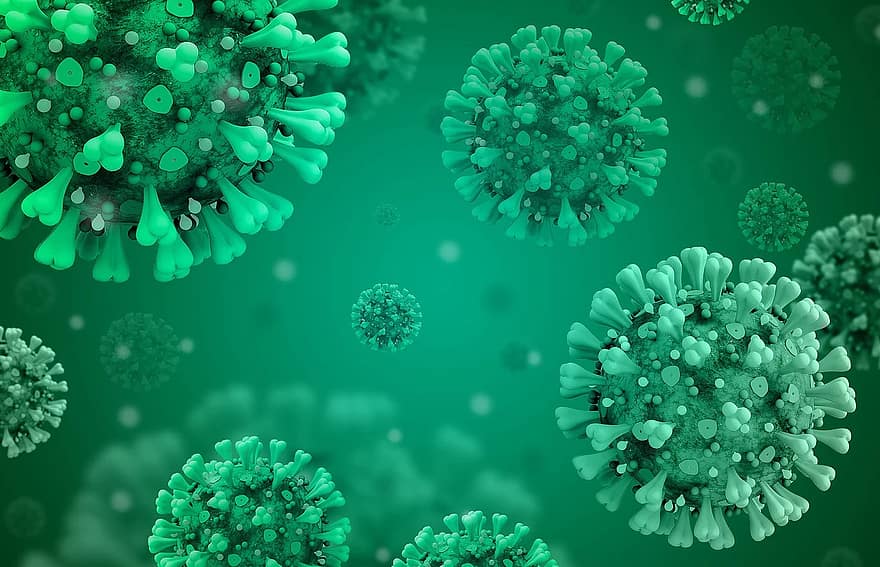News release
From:
COVID-19 reduced lifespan by up to 9 years in parts of US, per “mean unfulfilled lifespan” metric
New metric may help clarify impact of temporary “shocks” - including epidemics and natural disasters
A new metric, the “mean unfulfilled lifespan”, estimates the impact on lifespan of temporary “shocks” such as the COVID-19 pandemic. Patrick Heuveline of the University of California, Los Angeles, presents the MUL in the open-access journal PLOS ONE on July 27, 2021, finding COVID-19 reduced lifespan by almost 9 years in New Jersey at its peak.
The impact of a given cause of death, such as heart attack or car crash, might be illustrated by how much it reduces a metric known as period life expectancy at birth. Period life expectancy at birth is the average number of years that a person born in a certain timeframe would live if death rates from that timeframe remained the same for the rest of their life.
However, calculating changes in period life expectancy at birth does not adequately capture temporary shocks to mortality rates—such as those caused by natural disasters or the COVID-19 pandemic.
To better illustrate the impact of temporary disasters on average length of life, Heuveline developed a new metric dubbed mean unfulfilled lifespan (MUL). The MUL is the difference between the average age at death for those who died in a given timeframe, and the average age these individuals would have been expected to reach, if there had not been a temporary shock to mortality rates.
Heuveline then demonstrated the MUL by applying it to data from the ongoing pandemic. In particular, he showed how the MUL could be used to compare the impact of COVID-19 between different regions. For instance, using a rolling seven-day timeframe, his calculations suggest that MUL peaked at 8.91 years in New Jersey and 8.96 years in Mexico City. Considering the entire month of April 2020, MUL may have reached 12.7 years in the Guayas province of Ecuador.
Heuveline notes that uncertainties in MUL may arise from potential differences between reported and actual COVID-19 deaths, and explores how these issues can be accounted for when calculating MUL.
Heuveline adds: “As a few other demographers, I initially tried to convey the mortality impact of COVID-19 by assessing how much life expectancies would decline during the pandemic. When mortality conditions are continuously changing, however, life expectancies are hardly interpretable and I wanted to provide a more intuitive indicator of that mortality impact.”



 International
International



